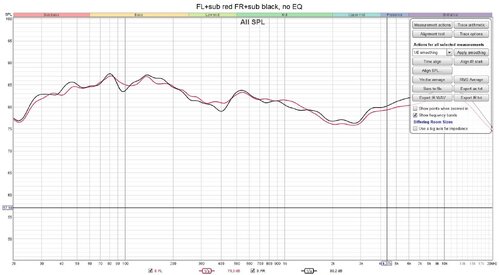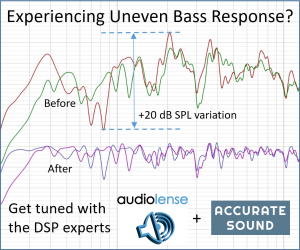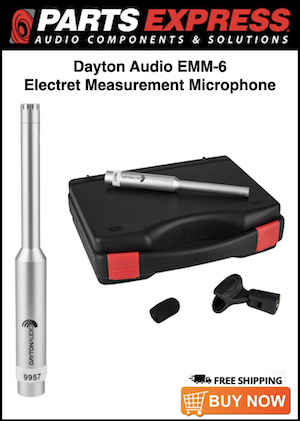AJ Soundfield
Active Member
More
- Preamp, Processor or Receiver
- Yamaha RXA800, Denon AVR-X4500, Lexicon MC10
- Main Amp
- Hypex Ncores
- Additional Amp
- Abacus Ampino, Triode Corp TRV-35SE
- DAC
- NAD M51
- Computer Audio
- AudioEngine D2
- Universal / Blu-ray / CD Player
- Yamaha BDA1010
- Front Speakers
- Soundfields
- Center Channel Speaker
- Soundfields, KEF Q150
- Surround Speakers
- Soundfields
- Surround Back Speakers
- Revel M16
- Subwoofers
- Soundfield Cardioid Rythmik Servo
- Other Speakers
- AVA ABX
I'll wait for Sonnie's speaker measurements.I'll say "corrected", because Dirac does much more than EQ.
No. At/off the speaker.If what you are suggesting about hearing acuity were true, we'd see an unnatural rise above 10kHz at the LP
The presumption here is that you all weren't sitting 4-6' from the speakers. Been a while since I been there, but I recall sitting further back than that. It's impossible for HF to be the same at 4' and 9' +









 And thats OK...
And thats OK...






